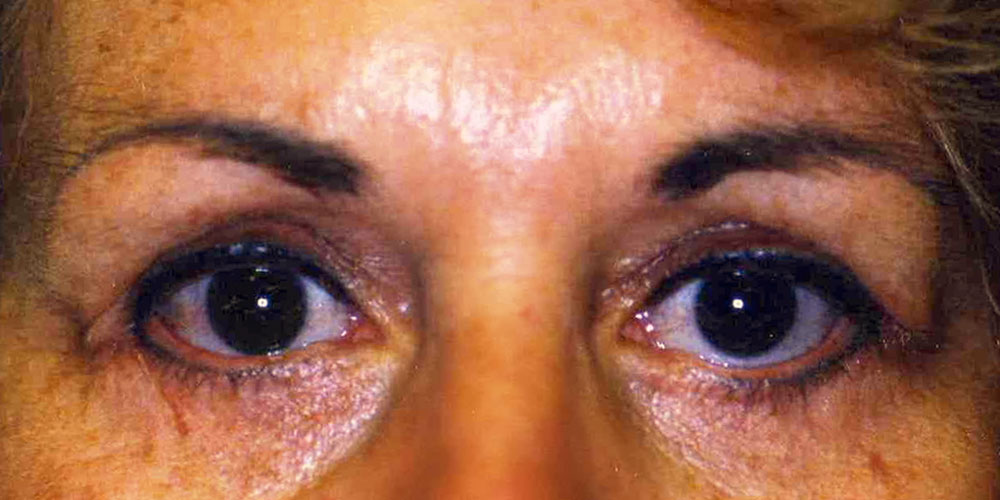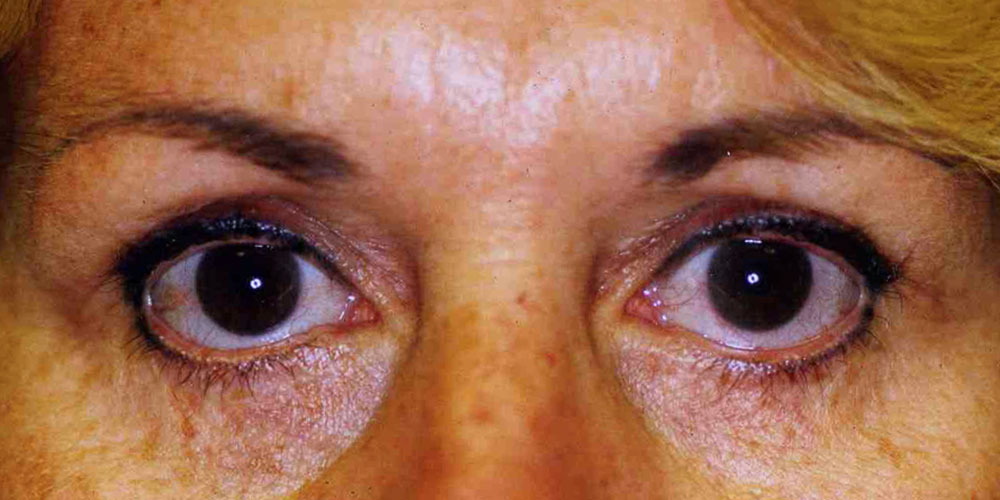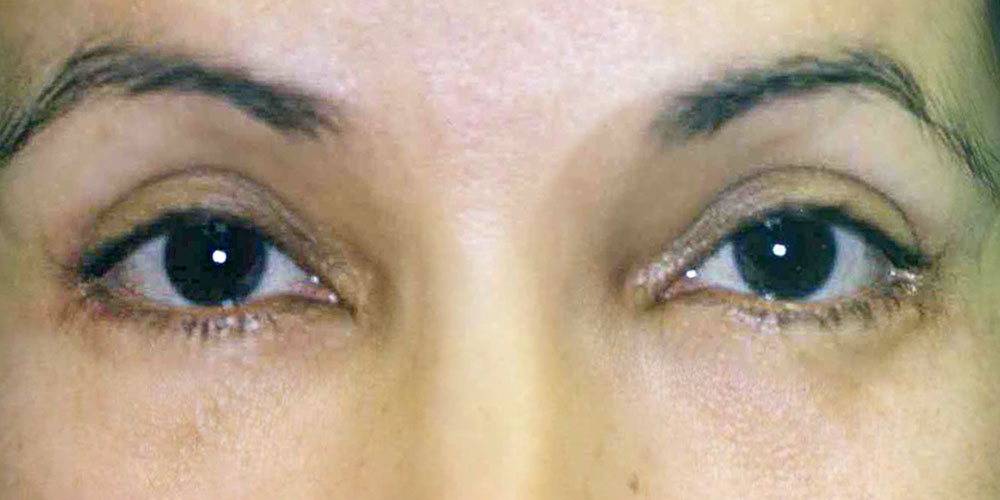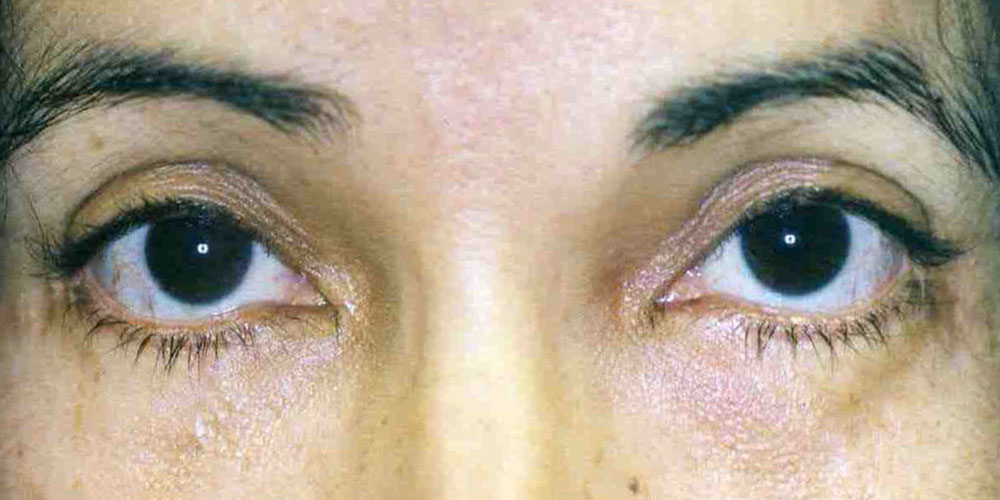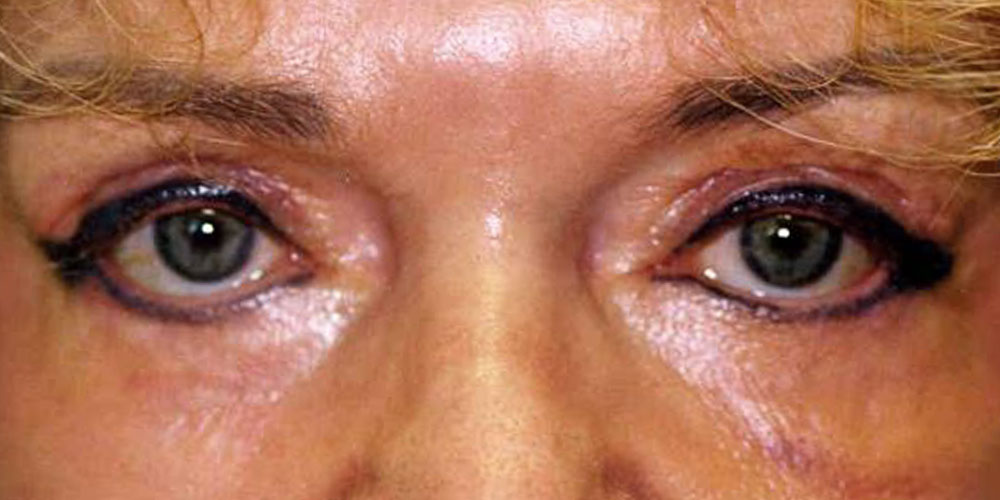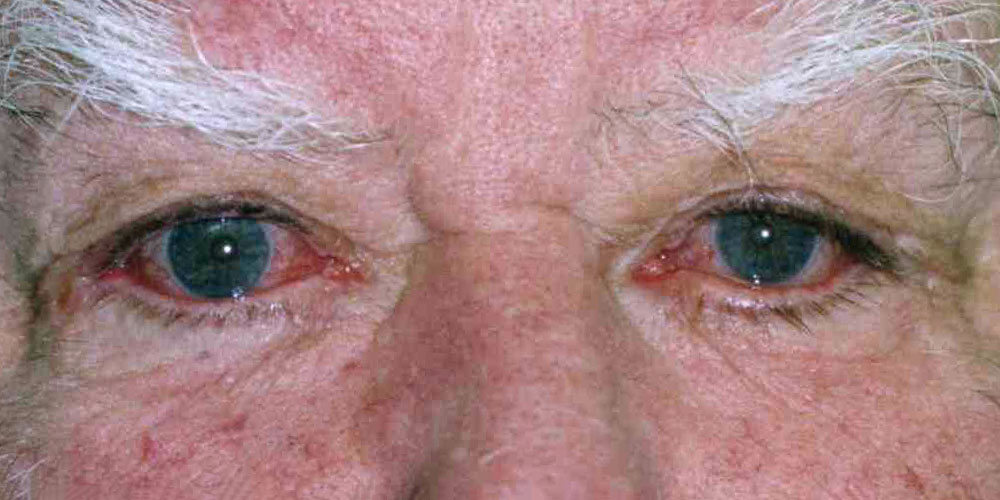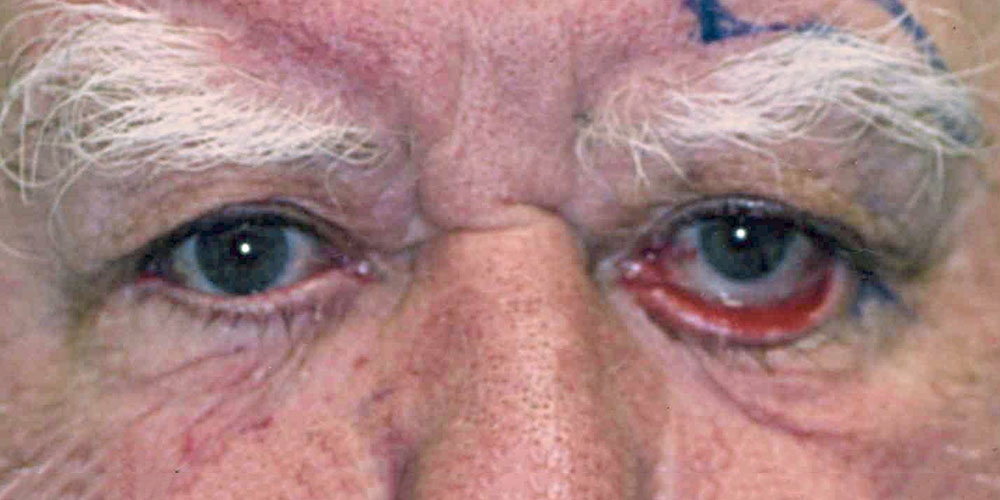Canthoplasty
Canthoplasty
Introduction
Canthoplasty is the name of an eyelid surgery used to strengthen the lateral canthal tendon and surrounding supporting structure. The goal is to strengthen the tissues of the canthus to help maintain the normal position and relationship between the eyelid and eyeball. Canthoplasty is routinely performed by Dr Lamb for cosmetic lower lid surgery.
Indications
Loosening of the lid due to ageing often causes drooping of the outer corner of the lower eyelids. However, it can also be caused by tightening of the skin due to poor cosmetic surgery, sun damage and surgery for skin cancer.
Procedure
Canthoplasty (sometimes known as canthopexy) raises the muscles at the outer corners of the lower lids, rather like lifting one end of a hammock. If desired, canthoplasty can also be used to change the shape of the outer corner of the eye. Sometimes a more extensive procedure is required and a new lower-lid tendon has to be fashioned to repair the lid laxity.
Postoperative Instructions
No bending, lifting heavy objects or any strenuous exercises for ten days. Swelling is to be expected and can vary from mild to severe. For the first two days, frequent use of a cold compress is recommended. Take a clean bowl of cold water, add a clean facecloth, soak it in the cold water and squeeze it out. Place the facecloth over the incision site. When the cloth is no longer cool, rinse it again in the cold water. A cold compress will reduce swelling and discomfort.
Do not use frozen peas, Cryo‑Gel™ Gel Packs etc. Use ONLY light cloths similar to what is supplied in theatre.
You may take Paracetamol tablets if necessary for pain. A small amount of blood ooze is normal during the 24 hours following surgery.
Risks
This procedure involves incisions on the outer surface of the lower lids. Complications can occur, but are rare. Infection is always a possibility however this is uncommon after lid surgery. Haemorrhage can occur and has the potential to affect eyesight however with laser surgery this is very rare. Damage to the muscle in the upper or lower lid can result in a droopy eyelid. Precautions are taken for this not to occur but if it should occur, it can be repaired. Damage to a muscle in the lower lid can result in double vision. This is rare and I have never seen this problem.
If too much skin is taken from the upper eyelid, difficulty in closing the eye can occur. With lower lid surgery, the lid can sit away from the eye usually due to swelling and usually settles quickly. As the upper lid skin is incised, a scar may result. The incision is in the lid crease and will fade with time. However if one scars excessively it may be more prominent and require modification. Lid asymmetry can occur and may require modification. The laser can damage the eye if fired directly at it. This should not occur as Dr Lamb uses specially designed eye shields to prevent this. Some discomfort, swelling and possibly bruising can occur, fluid can collect over the white of the eye and is usually transient, however this is minimised by the use of laser.

